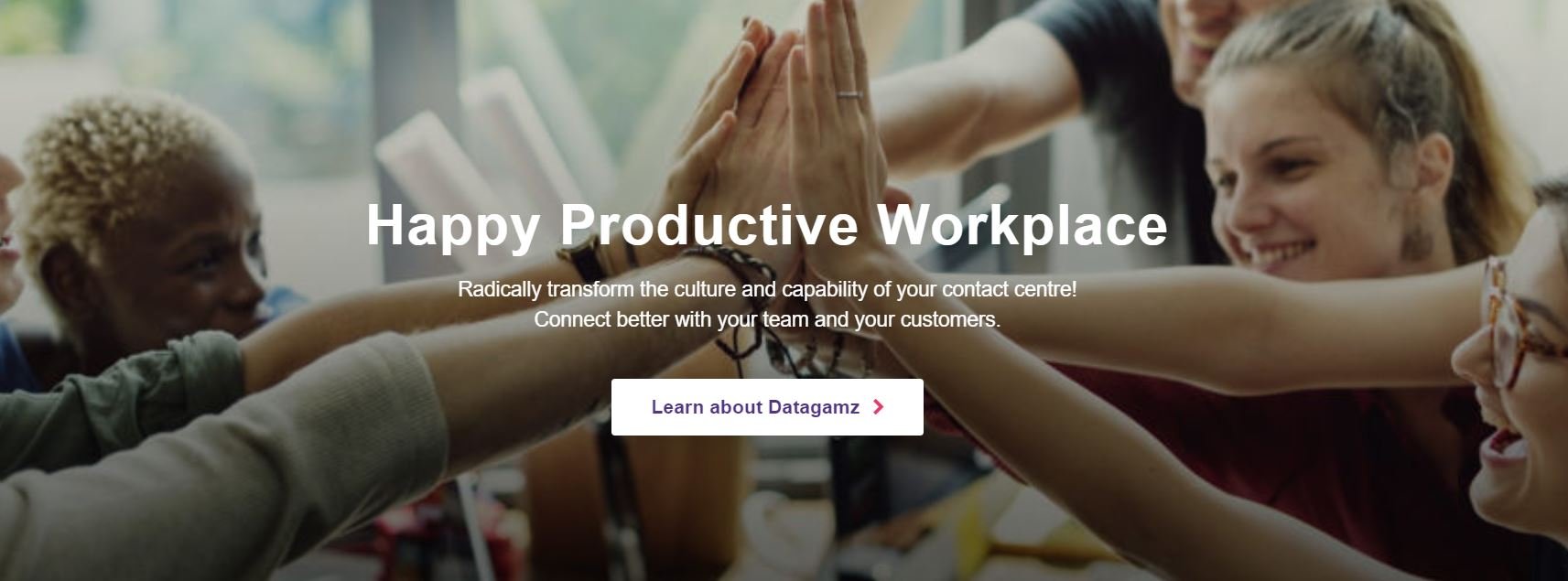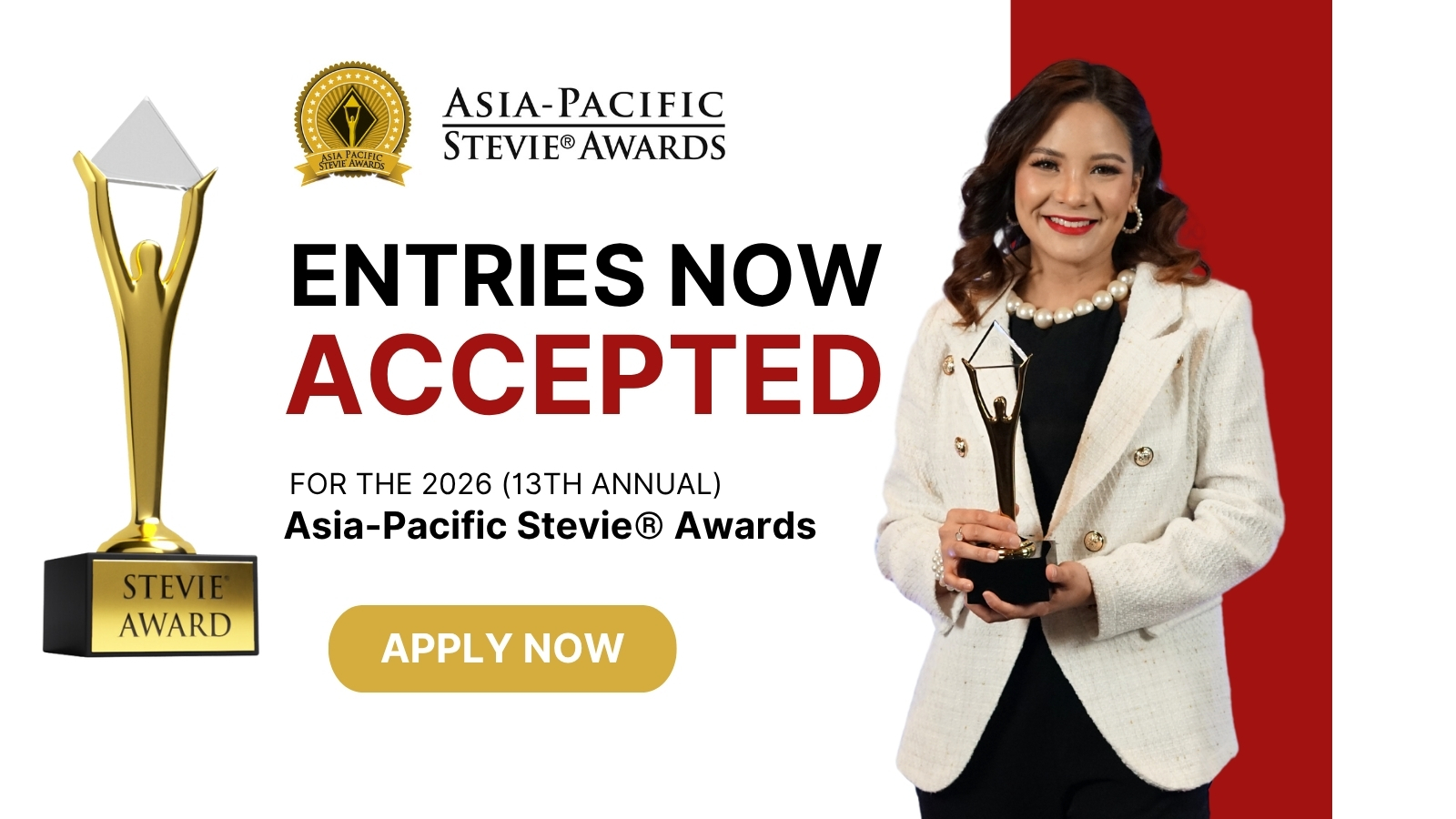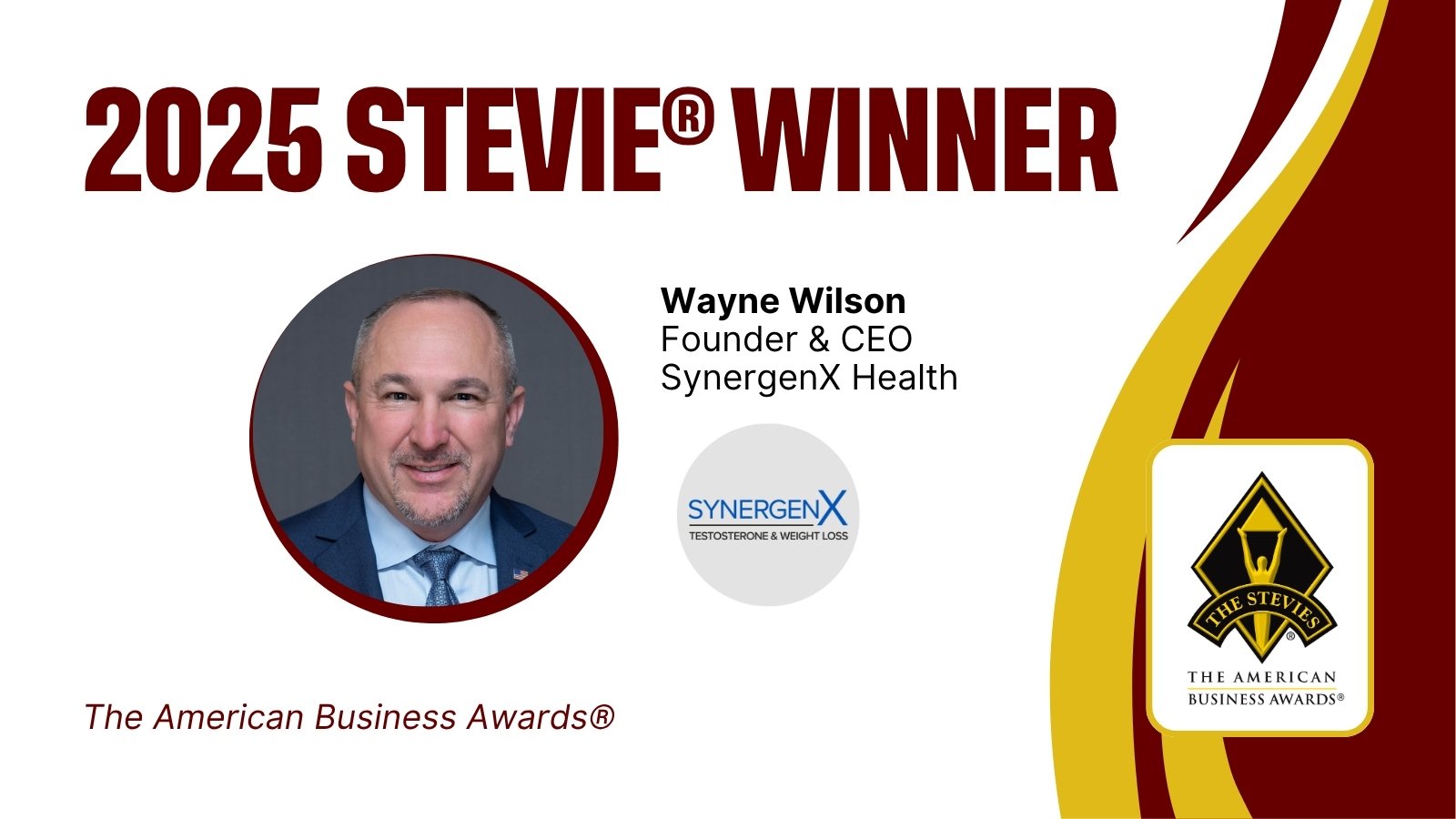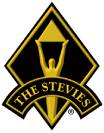When applied to the workplace, gamification uses game elements to improve employee engagement and performance. Key performance indicators (KPIs) are continuously measured to allow employees to compete against their past performances or to work toward prearranged goals. The concept is somewhat akin to wearing a fitness tracker, but instead of monitoring movement, the process looks at professional achievements.

Performance Management
Rather than setting annual goals, which often become less relevant as time passes, employees can set real-time goals. Achievement is measured without having to set up specific meetings or waiting until the right people are available. Many companies now are focusing their efforts on staying in the moment and adopting a coaching approach, rather than a punitive one. With this mind-set, if you notice problems developing in your business, you can correct mistakes, much like a sports coach, to adjust quickly.
Companies are choosing to focus their performance management efforts on continuous professional development by using gamification. To make the process as interactive as possible, some companies, such as Datagamz, are introducing artificial intelligence (AI) to enhance gamification platforms. In this system, feedback is immediate, and problems can be fixed quickly by demonstrating how the employees are meeting their KPIs and established targets.
Objectivity
Gamification is all about enhancing and developing employee performance in the most objective way possible, rather than relying on subjective scrutiny. The idea is that evaluation becomes a positive process that reflects real-time progress, which will, in turn, have a correspondingly positive effect on company culture. If benchmarks are missed, then workers can be directed to courses or receive additional workplace support.
Employees are secure in the knowledge they are being treated fairly and transparently, and they feel valued in the workplace. They also feel their performance and efforts are recognized.
Transparency
Companies in the tech field, such as Google and LinkedIn, use objectives and key results to demonstrate their expectations. Employees can see their results, as well as their colleagues’. Gamification is an excellent way for staff members who do not have specific goals not only to set appropriate benchmarks but to gauge how their performance compares to others.
This process allows the employer to set general goals and ensure expectations are fair and achievable. The vision is to create an environment that treats people as individuals in order to maximize workplace performance.
Motivation Method
For many, being scored as part of a leaderboard is not a positive motivation method. What managers need to understand is that, when evaluating employees, they are not necessarily rating outcome but performance. Gamification makes sure the focus remains firmly on driving the desired behaviors. For example, a gamification platform can enable staff in contact centers to gamify the working environment in order to engage and reward employees for the right behaviors.
What’s the Game?
Various game mechanics, such as graphs, comparison charts, and rewards for reaching goals, drive engagement. Employees can continuously monitor their progress at work and engage with their goals, which is important for work performance.
Datagamz, based out of Melbourne, Australia, took a Bronze Stevie® Award at The 2019 International Business Awards® in the category of Software Tech Startup of the Year. The company understands a pivotal truth about AI, as it relates to gamification. Although AI is on the rise in the field of workplace engagement, it is vital to retain gamification’s human element to fully reap its benefits.
Interesting in entering The 2020 International Business Awards?













